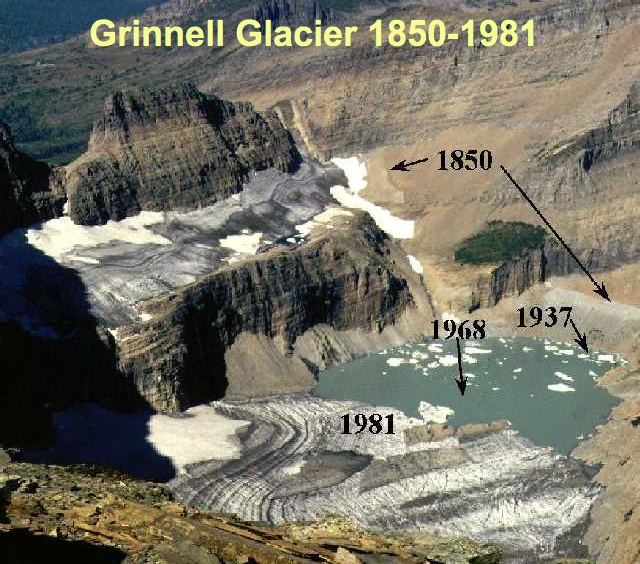The Impact of Global Climate Change on Snow & Ice
For the “state of the art” summary of ice, snow and global change, download the UN Environmental Programme Global Outlook for Ice and Snow. This 227-page document is an excellent summary of the research on ice, snow, and global climate change. Read at least the 18-page Highlights section.
This summary of scientific research provides the perspectives of many scientists to help us seek answers to the following questions:
- Why are ice and snow important to us?
- Why are ice and snow changing globally?
- Where do scientists get evidence that the climate is changing?
- How can the impact of global temperature increases be determined?
- How do changes in snow and ice affect the rest of the environment?
- Why does it matter that glaciers and polar ice caps are melting?
By looking at patterns of change, scientists can examine the extent to which global climate change has already impacted the amount of snow and ice on the Earth. By comparing data from a wide variety of sources, scientists piece together the intricate balance between different Earth systems. Here are a few of the impacts that can occur (or, in some cases, already are occurring):
- Rising sea waters change shorelines.
- Diminished ice caps are already opening up new shipping channels, which require new international agreements.
- Reduction of polar ice increases the water temperature, which increases the melting of ice, which increases the water temperature, and so on, in a feedback loop.
- Increased temperatures change the dynamics of agriculture worldwide, resulting in extended droughts that can reduce agricultural production in some areas of the world, and increased rainfall in other parts of the world, requiring shifts in what is grown in all parts of the world.

Figure 5.25: A 1981 aerial photograph of Grinnell Glacier in Glacier National Park with indications of the approximate former extent of the glacier. This glacier has retreated from a total extent of ~2.3 square kilometers circa 1850 to ~1.1 square kilometers in 1993, and is now distributed in two major and five minor segments. Like other glaciers in Glacier National Park, it is predicted that Grinnell Glacier will disappear by 2030 under current projections for the rate and extent of global warming.
Image from URL: http://www.globalwarmingart.com/wiki/File:Grinnell_Glacier_jpg